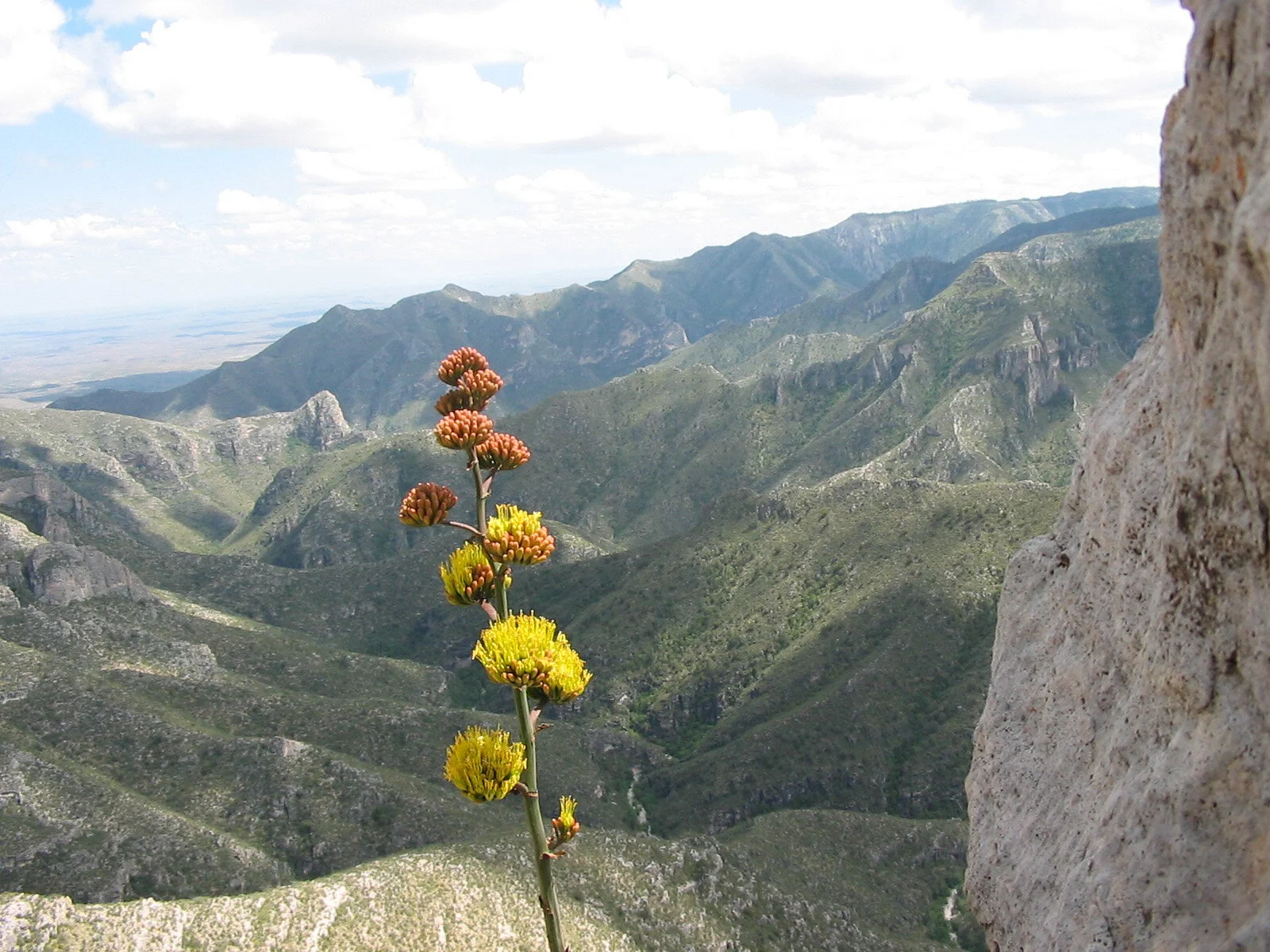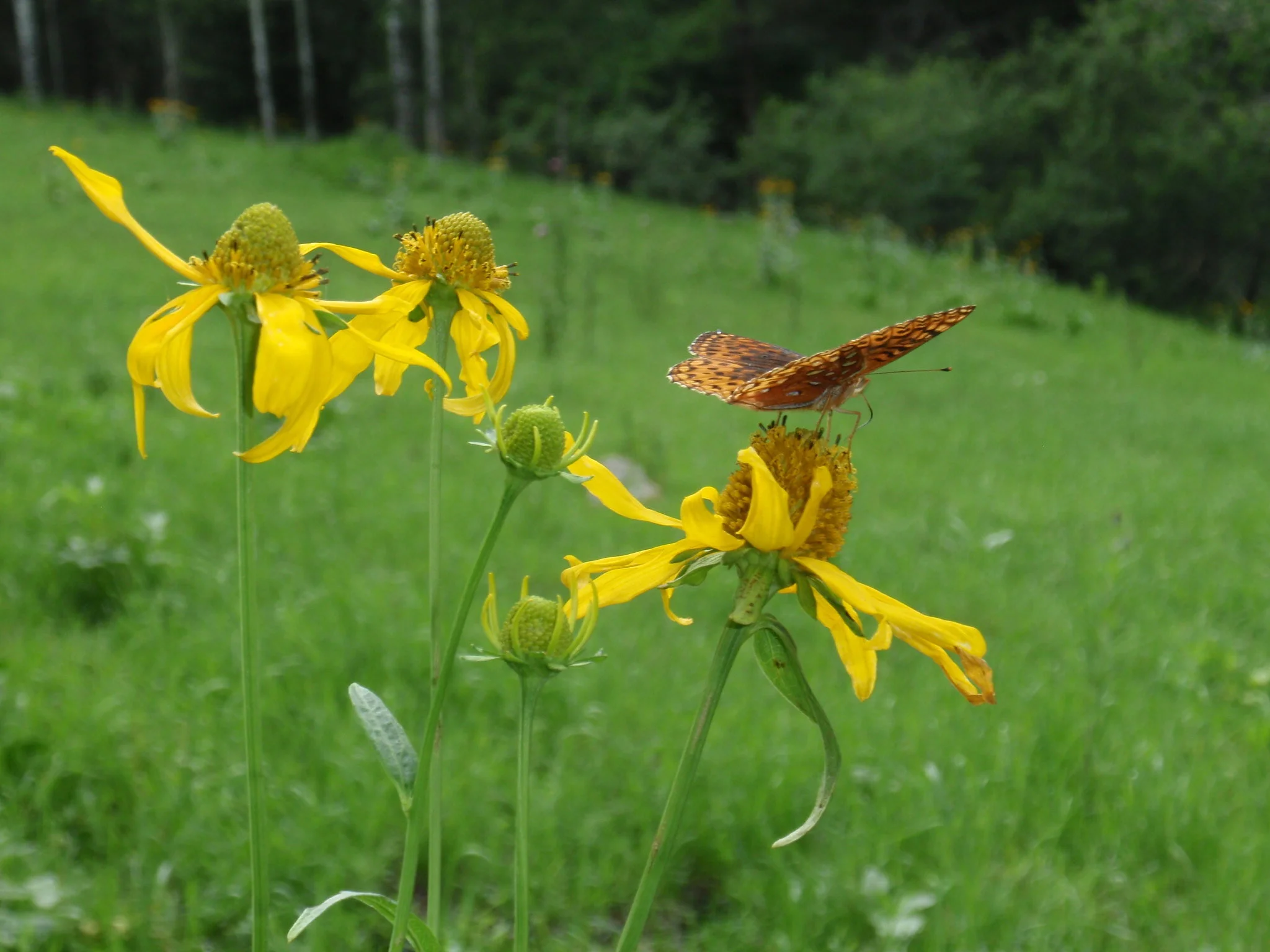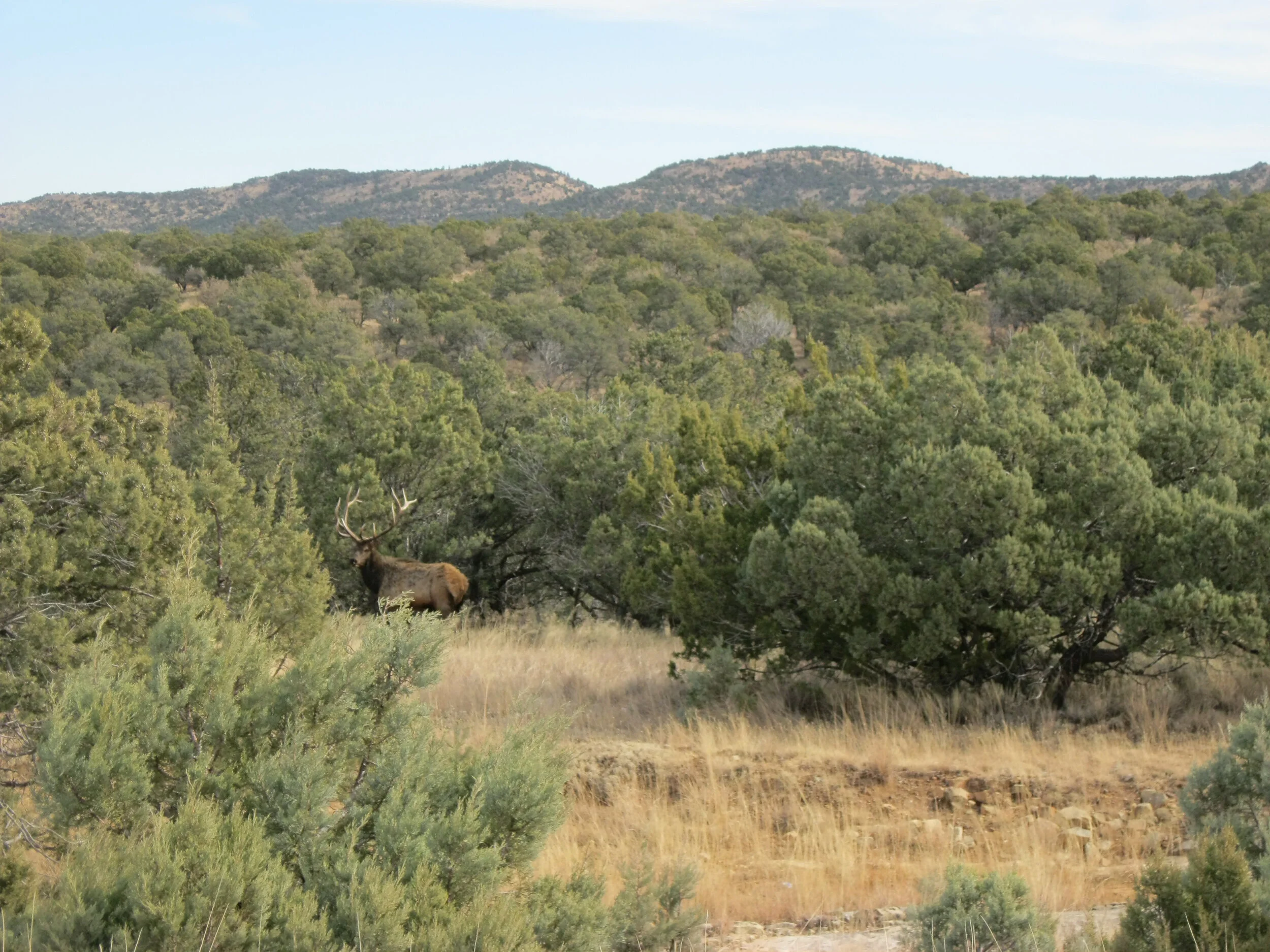
Lincoln National Forest Land Management Plan Revision and Environmental Impact Statement
Early Scoping and Alternatives Development
Early Scoping and Alternatives Development
In 2015 the Forest Service began the planning process with a notice to start the Forest Assessment, and developed the Forest Assessment from 2015 to 2019. In 2019, the Forest Service’s Regional Office in Albuquerque provided the Lincoln National Forest with a rough outline and details of the preliminary draft LMP with regionally consistent LMP components. The components of the LMP remain regionally consistent, while the Lincoln National Forest tailored the remaining LMP components to the unique circumstance found on the forest. On May 30, 2019, the Lincoln National Forest released a NOI to revise the 1986 Forest Plan and publish an EIS. Public comment on the preliminary draft LMP and the Need for Change took place from May 30 to July 31, 2019. Following this public scoping, the Forest Service began working on the drafts using the comments from the public to inform development of the Draft LMP Revision and Draft EIS.
Blooming agave on the Lincoln NF
Input received during scoping helped in the development of alternatives analyzed in the Draft EIS. The preliminary issue topics are based on public comments on the Need for Change and preliminary Draft LMP. Issues identified include but are not limited to access, scope and scale of restoration, types of recreation, grazing, habitat connectivity, and watershed and riparian health. The issues identified through public comments, were used to develop three main themes for the alternatives analyzed in the Draft EIS:
Restoration, Watersheds, and Vegetation
Recreation and Special Uses
Traditional Communities
Alternatives were developed to represent the range of possible management options raised by issues in the comment. The alternatives in the Draft EIS achieve the desired conditions in the Draft LMP Revision to different degrees. Different alternatives focus on some resource and uses, while de-emphasizing other resources and uses.
Public Comments—Framing Issues:
The following items represent examples of issues that resulted from unresolved comments on the Need For Change Document and preliminary Draft LMP. Unresolved issues from comments tend to be for or against types of resource management. These issues were organized and placed in alternatives. Below are listed some of the types of comments received by the Lincoln National Forest that may present conflicting perspectives.
Butterfly in spring
Vegetation Management
Ban vegetation management, timber sales, no use of chemicals and or use of wildland fire (planned and unplanned ignitions). The forest should grow “naturally.”
Promote active vegetation management to provide habitat, timber and use fire for restoration purposes.
Recommended Wilderness
Some commenters want [substantially more] wilderness. Others requested several alternatives with scaled increases in wilderness from 0 to 100 percent. Those who want more wilderness want no or fewer management activities, increased benefit to wildlife habitat connectivity, and a more natural landscape in general.
Those opposed to more wilderness are concerned about management restrictions usually imposed in wilderness areas, and the need to maintain cultural, recreational and legacy uses of the land.
Fish and Wildlife Management
Manage for biological diversity and at-risk species, create habitat connectivity and refuge for fish and wildlife, even at the expense of competing multiple use activities, such as livestock grazing, timber production, dispersed camping and motorized recreation.
Increase access, increase motorized use.
Riparian and Water Management
Prioritize landscape scale watershed restoration. Maintain or improve water quality. Prohibit livestock grazing in riparian zones. Prohibit road construction in riparian zones. Limit motorized equipment in riparian areas. Establish riparian management zones and restore channels, vegetation, and floodplain connectivity.
Recognize grazing economy with forage and water.
Bull elk
Sunspot Scenic Byway on the Sacramento Ranger District
Economics
Transition from a timber and grazing economy to wildlife/recreation economy.
While others comment that grazing is important to rural community economies and families.
Management Areas—Caves
Protect significant caves, the Snowy River Cave should have protection from surface disturbance and pollution.
Don’t limit the ability to treat fuels with special management areas.
Road/Motorized Trail System, Over Snow Travel, and Road Density Requirements
Comments were received requesting more roads and roads for large RVs, more single-track trails for motorcycles, and more OHV routes.
Other comments requested obliteration of un-need, unauthorized or level one roads and an annual maintenance or a decommission requirement
Some comments requested the Forest Service set limits for road density to provide for the protection and management of healthy and sustainable soils, watersheds, and wildlife connectivity, reduce the spread of non-native plant species and the prevention of wildfires.
Next Station: Alternatives Comparison
For more information on the project or to be added to the mailing list, please contact Diane Prather at (575-649-9405) or diane.prather@usda.gov.





